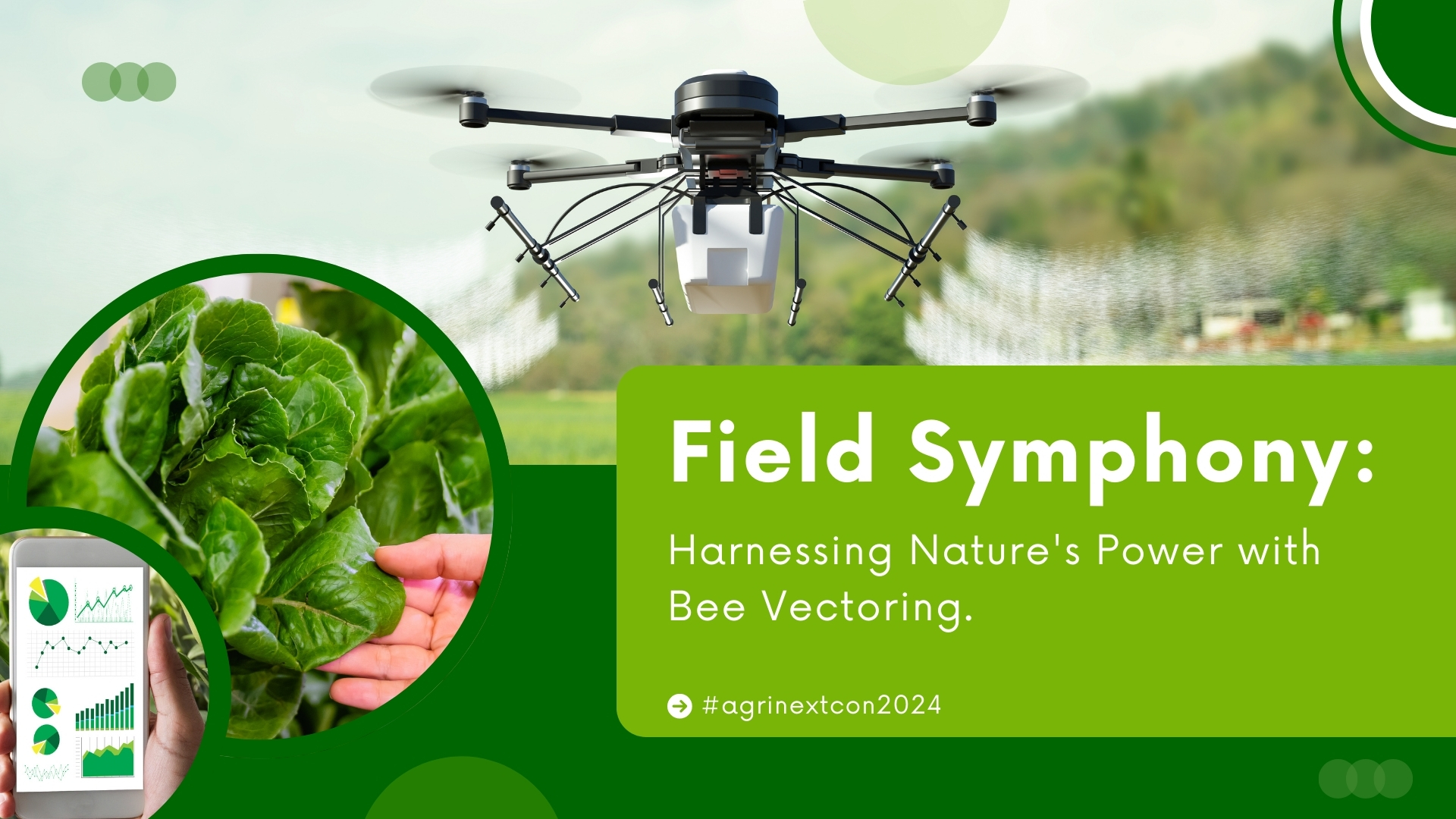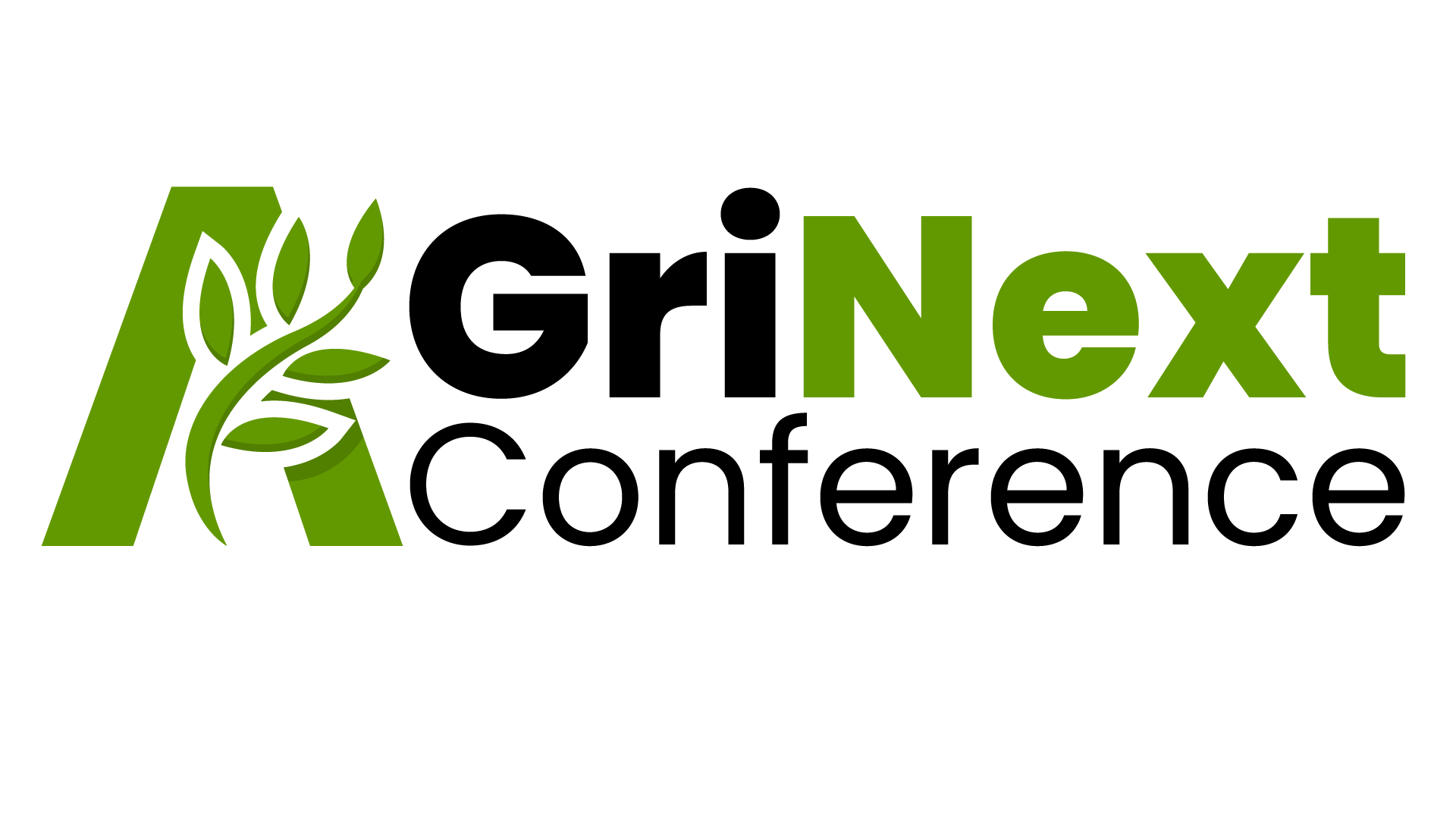
Honeybees and agriculture
Livestock is dependent on bee-pollinated forage plants, such as clover.
Honeybees contribute nearly $20 billion to the value of U.S. crop production.
Almonds depend entirely on the honey bee for pollination at bloom time.
2.7 million bee colonies in the U.S., 2/3 of which travel the country pollinating crops.
90% of blueberry and cherry crops are dependent on honey bee pollination.
A UN study found that about 9.9% of the world’s population still goes hungry, so the thought of feeding almost 10 billion mouths is a daunting prospect. With environmental changes hard to predict, we must turn to innovation in agriculture technology.
Thankfully, the signs so far offer hope. We don’t have to wait three decades to see how innovative agricultural solutions can influence human life in the future. In this article, we’ll explore Bee vector technologies that change the way farmers grow, and manage their produce.
Bee Vectoring Technologies
Bee Vectoring Technology (BVT) is an innovative approach to crop protection and pollination in agriculture. The core idea behind BVT is to use bees as natural vectors to deliver biological control agents directly to flowering crops. This technology aims to enhance the efficiency and sustainability of pest and disease management in agricultural settings.
How Bee Vectoring Technology generally works
Biological Control Agents:
Instead of traditional chemical pesticides, BVT utilizes beneficial microorganisms such as fungi or bacteria that have insecticidal or antifungal properties. These agents are often harmless to plants, humans, and animals
Vectoring Agents:
These are typically natural powders or dust that adhere to the bodies of foraging bees. The bees pick up these powders when they visit a dispenser containing the biological control agents
Foraging Bees:
The treated bees then carry the vectoring agents with them as they forage for nectar and pollen in blooming crops.
Target Crops:
When the bees visit the flowers of target crops, the vectoring agents are transferred to the plant surfaces, where they protect against pests or diseases
Crop Protection:
The biological control agents establish a protective layer on the plants, helping to control pests or diseases. This targeted application reduces the need for broad-spectrum chemical pesticides, which can be harmful to the environment and non-target organisms
Bee Vectoring Technology offers several potential advantages
Reduced Environmental Impact:
BVT reduces the reliance on chemical pesticides, minimizing environmental pollution and harm to non-target organisms.
Increased Sustainability:
By utilizing natural pollinators (bees) for delivery BVT Integrated pest management with pollination services, contributing to sustainable agricultural practices.
Cost-Effective:
The targeted application of biological control agents can be more cost-effective than traditional spraying methods.
Bee Health:
When implemented properly, BVT is designed to be safe for bees. It does not involve direct harm to the bees and can contribute positively to their health by providing them with additional nutrients.
However, like any technology, there are challenges and considerations, including the need for proper implementation, understanding the ecological Impacts, and
addressing potential concerns related to the introduction of foreign substances to
the environment
These insects are essential to human survival, so there is increasing innovation in agriculture equipment to help protect bees and maximize their pollination capabilities.
BVT uses commercially reared bees to deliver targeted crop controls through pollination, replacing chemical pesticides with an environmentally safe crop protection system.
This innovation in agriculture technology supports improved sustainable farming, crop yield, and soil quality.
Real-Time Kinematic (RTK) Technology
“ The technology you use impresses no one.
The experience you create with it is everything”.
SEAN GERETY
Robert Salmon, a UK-based arable farmer, found that constraining farming machinery to a permanent lane significantly reduced damage to the soil.
“Allowing machines unconstrained travel across the land can result in virtually all of
the land being run over, which compromises the drainage and friability.” In 2016. Robert planned to transition his 4,800 acres to a 12-meter controlled traffic system where all the farm machines would use the same permanent traffic lane.
Implementing a controlled traffic system requires accurate techniques, which are almost impossible with traditional GPS systems.
RTK technology can provide centimeter-level accuracy, which enables farmers to accurately map their fields and constrain vehicles permanently on the same lane. It transmits the correct positioning information to tractors by radio signal, allowing them to stay on track while moving. This innovation boosts soil health and productivity, increasing output with less input.
RTK technology has become widely used in applications that require extremely accurate and real-time positioning, contributing to improved efficiency and precision in various fields. It plays a crucial role in modern navigation systems and applications like precision farming, construction site management, and geodetic surveying.
In agriculture, Real-Time Kinematics (RTK) technology is widely used to enhance the precision and efficiency of various farming operations. The high-precision positioning data provided by RTK has proven to be valuable in optimizing resource utilization, improving crop yield, and reducing input costs. Here are some ways RTK is applied in agriculture.
Precision Farming:
RTK allows farmers to precisely navigate and control farm machinery, such as tractors and planters, with centimeter-level accuracy. This precision helps in optimizing the placement of seeds, fertilizers, and pesticides, reducing waste and ensuring that resources are applied only where needed.
Auto-Steering Systems:
Auto-steering systems equipped with RTK enable tractors and other agricultural machinery to follow predefined paths with high accuracy. This not only reduces overlap in field operations but also ensures that every inch of the field is properly covered, improving overall efficiency.
Variable Rate Application:
RTK technology enables farmers to implement variable rate application of inputs based on specific field conditions. By accurately mapping the variability within a field and adjusting input application rates accordingly, farmers can optimize yields while minimizing the use of resources.
Precision Planting:
In precision planting, RTK ensures that seeds are planted at precise locations with the desired spacing. This helps achieve uniform crop emergence, leading to better crop stands and ultimately higher yields.
Harvesting Accuracy:
During harvest, RTK technology can be used to guide combines and other harvesting equipment with high precision. This ensures that crops are harvested efficiently, and the machinery can follow the contours of the field accurately.
Mapping and Monitoring:
RTK is valuable for creating accurate field maps and monitoring crop health. Drones and other aerial vehicles equipped with RTK receivers can capture high-resolution imagery and data, providing farmers with detailed insights into crop conditions and facilitating better decision-making.
Time and Cost Savings:
By automating and optimizing various tasks through RTK-guided systems, farmers can save time and reduce operational costs. This is particularly important in large-scale farming operations.
Soil Sampling:
RTK technology aids in precise soil sampling, allowing farmers to analyze soil conditions at specific locations within a field. This information helps in developing
targeted soil management plans.
Overall, the integration of RTK technology in agriculture contributes to increased
efficiency, reduced environmental impact, and improved economic outcomes for
farmers. It plays a crucial role in the modernization of farming practices, often
referred to as precision agriculture or precision farming.
Signup For AgriNext Conference Newsletter

